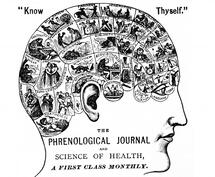
As TV’s brainyac Sheldon Cooper would say, “It’s all poppycock.” Or is it?
Among the many “personality tests”, there are those which test the colors you are drawn to, claiming those colors say a lot about your personality.Sure, colors are all around us ‒ even those we can’t see with our eyes ‒ but do they influence our decisions? Some of them, yes, such as the clothing we select or the paint for the outside of the house. Undoubtedly many others. Does it influence our outlook on life or the big ticket, life-altering decisions?
I shake my head. “I rather doubt it!”

In fact, there are several seriously-scientific systems of personality profiling by color, including: “True Colors” ‒ created by Don Lowery in 1978 to categorize at-risk-youth ‒ “Strong Interest Inventory” (SII), and the Campbell Interest and Skill Survey (CISS). All are about the same in accuracy. Although no solid scientific evidence validates the relationship between color and personality, there are some globally-accepted principles and phenomena in the field of psychology. For example, there’s a certain consensus when it comes to affirming that the colors a person prefers reflect, to some extent, their psychophysical and cognitive state.
WHOSE IDEA WAS THIS, ANYWAY?
Little is written about where the idea of connecting colors to personality came from. Mulling over what is available, it suggested to me that since ancient Greece and Rome, their scientists and philosophers were aware of what we know now is a very low level of electricity ‒ i.e. an electromagnetic field – generated by human beings.
We also know now that it is a very weak field and can’t be seen by the naked eye. Most of the source claim in cannot be photographed either. Currently, for biomedical purposes, scientists are working on a technique for conducting measurements of these fields inside the human body by applying a weak electric field at a radio frequency (RF).

Interestingly, in Latin and Ancient Greek “aura" means wind, breeze, or breath. It was used in Middle English to mean "gentle breeze". Perhaps it was perceived as a disturbance in the "Force"?
I’m sticking my neck out (being substantially ignorant in the fields of electromagnetic forces and metaphysics) and suggesting that perhaps some of these people are true “synesthetes” with Grapheme or some other form of Color Synesthesia, which I understand is scientifically confirmed as the most one of the most common forms of synesthesia.
For a person with this form of synesthesia, exposure to metaphysical ideas, philosophies, medial practices, and religions which believe in auras could easily convince such an individual they are seeing just that.
I have to mention that the concept of auras was popularized in the early 1900s by Charles Webster Leadbeater (great name for a fictitious character), a former priest of the Church of England and a member of the mystic Theosophical Society. He had studied theosophy in India, and believed he had the capacity to use his clairvoyant powers to make scientific investigations.
COMPARISONS
How the colors of auras and chakras got translated into personality characteristics is still a little fuzzy. However, there are many believers, scientists, researchers, and educators who pursue this line of thinking. I made a comparison chart of several published analyses. Some are very close, some not so much.
positive, happy solver, good communicator
to nature, curious, introvert loyal, balanced, need space
active, giver, like spotlight responsible, non-judgmental
simplicity, not extravagant
standards, no compromise
emotional, artist, dreamer spiritual, dance to own beat
lack confidence & energy
● Science has proved that certain colors are soothing or agitating to people, particularly in terms of room color. Some colors can make items seem more appealing than other colors.
● Most people have a favorite color, or colors.
● Colors can affect certain decisions humans make, particularly when it comes to buyIng things.
● Science has proved human bodies do generate low intensity magnetic fields, but they can’t been seen or photographed.
● Current statistics show that only four percent of the population has synesthesia, but most of those are color-related forms.
For me, that’s not enough to convince me that personalities have “colors” or even that favorite colors can show a lot about your personality. I have a different “favorite color” depending on what I’m looking at. I love red and wear red in clothing often. I might even buy a red car if it were one of those on the lot. I would never paint a room or the outside of my house red. Does that make me ambitious and passionate? Maybe when I wear red.
JUST SAYIN’ !
Sources:https://www.powerofpositivity.com/what-is-your-personality-color/#:~:text=1%20Yellow.%20If%20you%20have%20a%20yellow%20personality,time%20alone.%204%20Green.%20...%205%20Blue.%20
https://en.wikipedia.org/wiki/True_Colors_(personality)
ttps://www.exponenthr.com/blog/the-four-colors-of-personality/
https://thecolorofmypersonality.com/
http://thescienceexplorer.com/brain-and-body/heres-personality-test-actual-scientific-basis
https://www.learning-mind.com/personality-color-favorite-color/
https://chipolo.net/en/blogs/the-importance-of-colors-in-our-life
https://www.ncbi.nlm.nih.gov/pmc/articles/PMC3743993/
https://exploringyourmind.com/how-do-color-and-personality-relate-to-each-other/
https://www.higgypop.com/news/seeing-auras/
https://www.scientificamerican.com/article/what-causes-auras-brainstorms/
https://www.learning-mind.com/do-auras-exist-science-human-aura/
https://emfharmonized.com/do-humans-have-electromagnetic-fields/
https://www.researchgate.net/post/Is-the-human-a-electromagnetic-field
https://www.color-meanings.com/find-symbolic-meanings-of-your-favorite-colors/https://www.davidvinuales.com/2020/06/12/personalities-and-colors-knowing-better-the-people-around-you/#:~:text=Each%20personality%20is%20represented%20by%20a%20color%3A%20red%2C,Red%20are%20extrovert%20thinkers.%20Yellow%20are%20extrovert%20feelers.https://www.davidvinuales.com/2020/06/12/personalities-and-colors-knowing-better-the-people-around-you/#:~:text=Each%20personality%20is%20represented%20by%20a%20color%3A%20red%2C,Red%20are%20extrovert%20thinkers.%20Yellow%20are%20extrovert%20feelers.http://www.biofieldglobal.org/what-is-human-aura.html#:~:text=In%20scientific%20research%20we%20have%20found%20that%20the,to%20the%20level%20of%20health%20of%20the%20person.
https://www.physicsforums.com/threads/can-modern-science-explain-the-aura-around-people.597338/#:~:text=There%20is%20no%20scientific%20evidence%20that%20aura%27s%20exist.,plausible%20explanation%20for%20their%20mechanism%20ever%20been%20proposed.
□
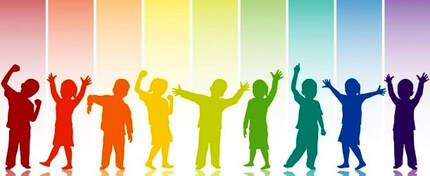
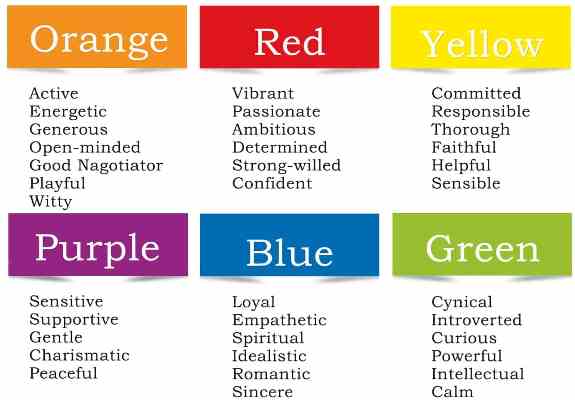
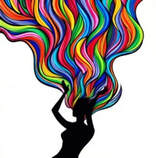
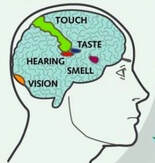

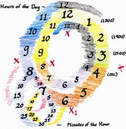





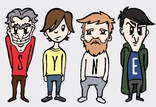


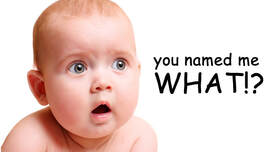
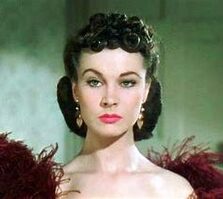











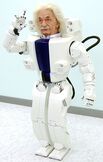






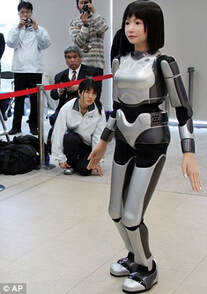
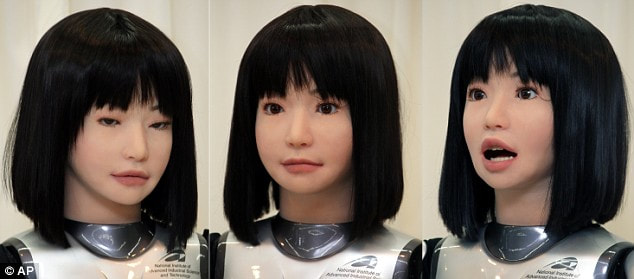
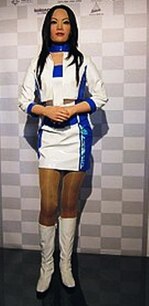

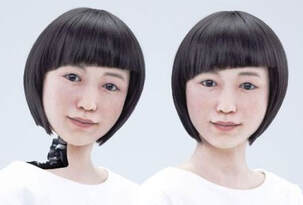
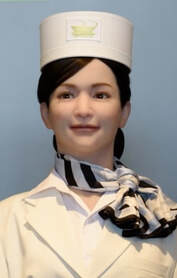

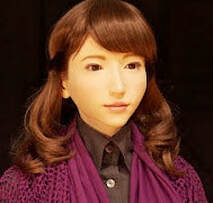


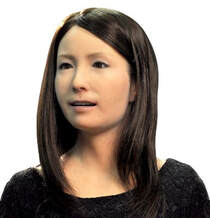

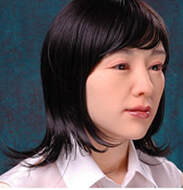
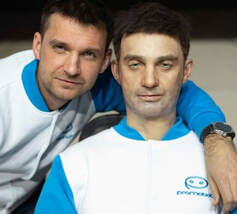
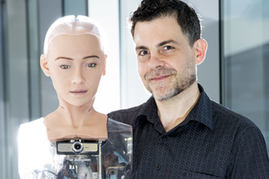
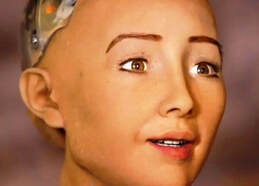
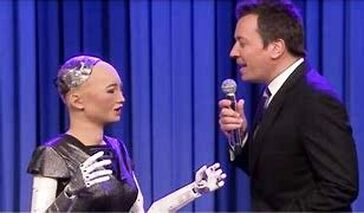
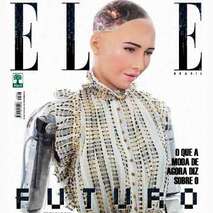



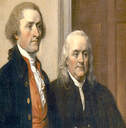
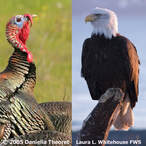
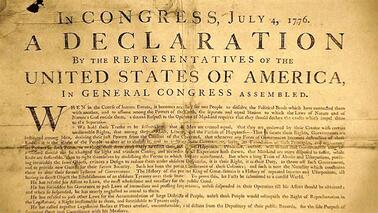
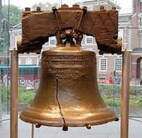

 RSS Feed
RSS Feed